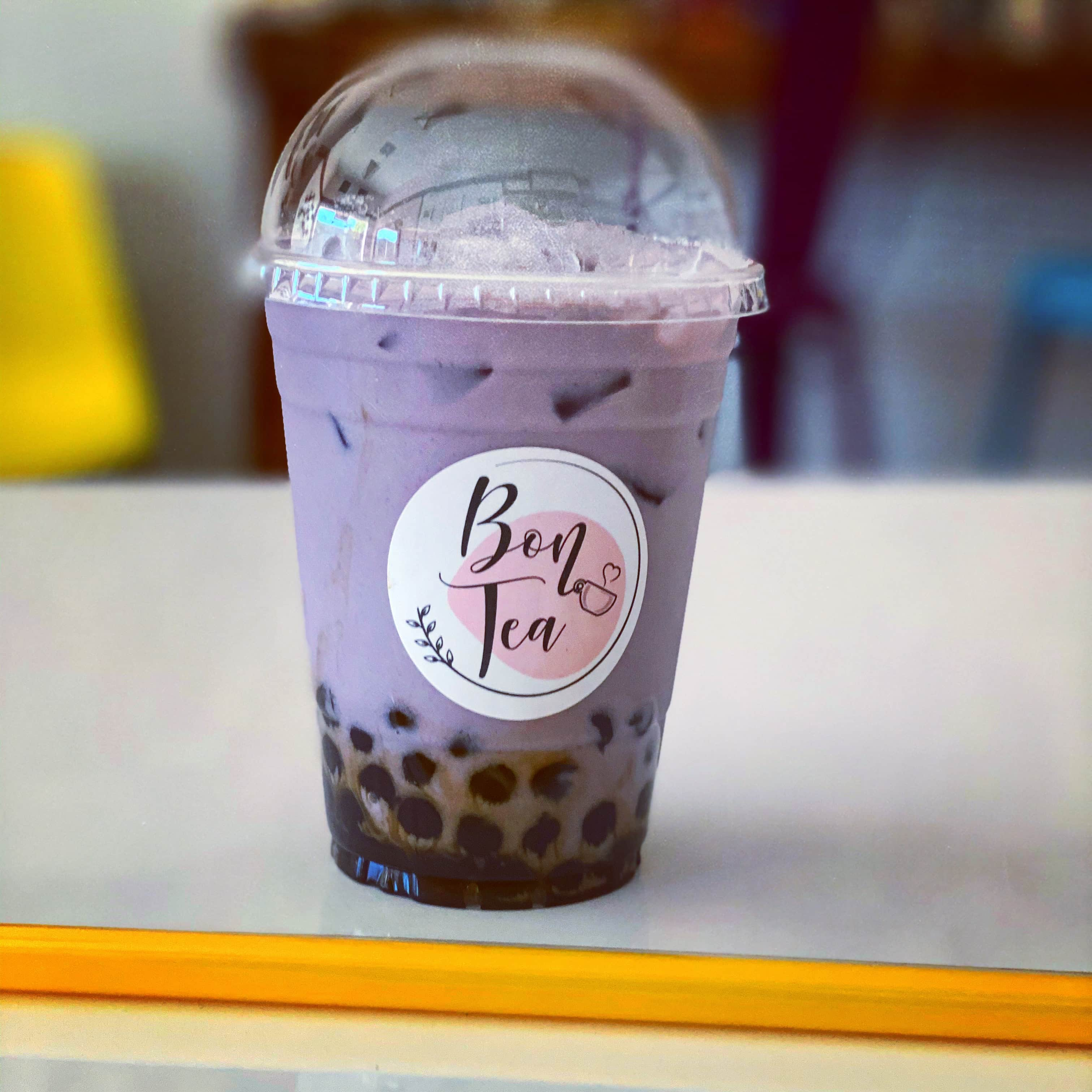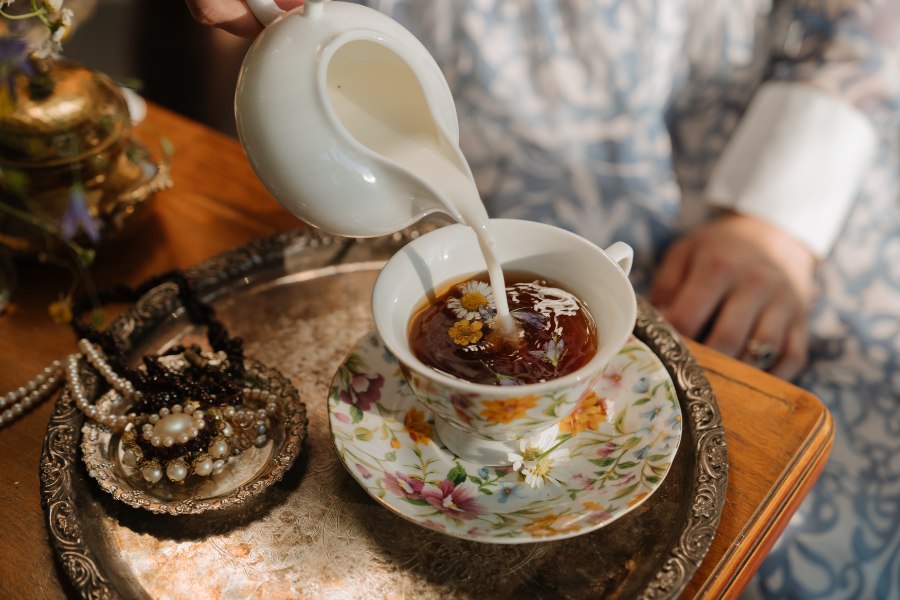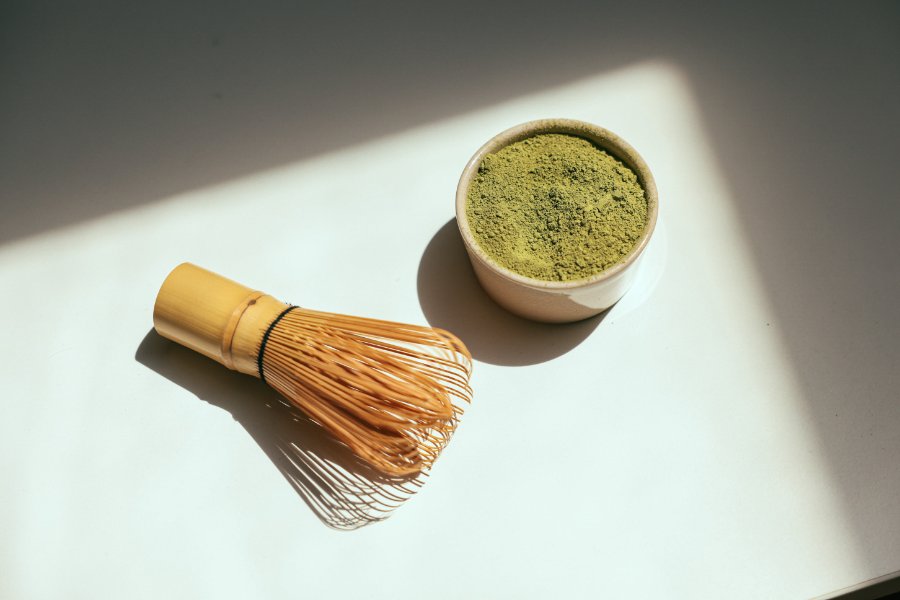
14 April, 2022 | Bon Tea Cafe Updated 2022
Taro Milk Tea Powder: Recipe, How To Make and Benefits
Taro milk tea powder comprises taro in both dry and powdered form, as well as some chemicals and preservatives, which must be included to extend the shelf life and provide superior coloring agents, as in any prepared product on the market. It's additionally sweetened with extra sugar to make it taste better. Fresh taro, on the other hand, has a lighter, sweeter, and nuttier flavor.
The composition of taro milk tea powder is generally more watery. Because food coloring is used, the color is generally more bright. The drink, on the other hand, has a more aromatic flavor.
What Is Taro?
Taro is a vegetable that is essentially an underground tuber root that is related to the potato family. It is comparable to potato and sweet potato in appearance and nutrients, as they are both starchy vegetables.
Taro, on the other hand, is more nutritious than potatoes since it includes a lot of fiber, which is very important for our gut health. It retains water, which aids in the digestion of meals. It also stimulates the inner lining of the colon, allowing the body to expel all waste and toxins without the need for extra effort or supplements.
What is Taro Bubble Tea?
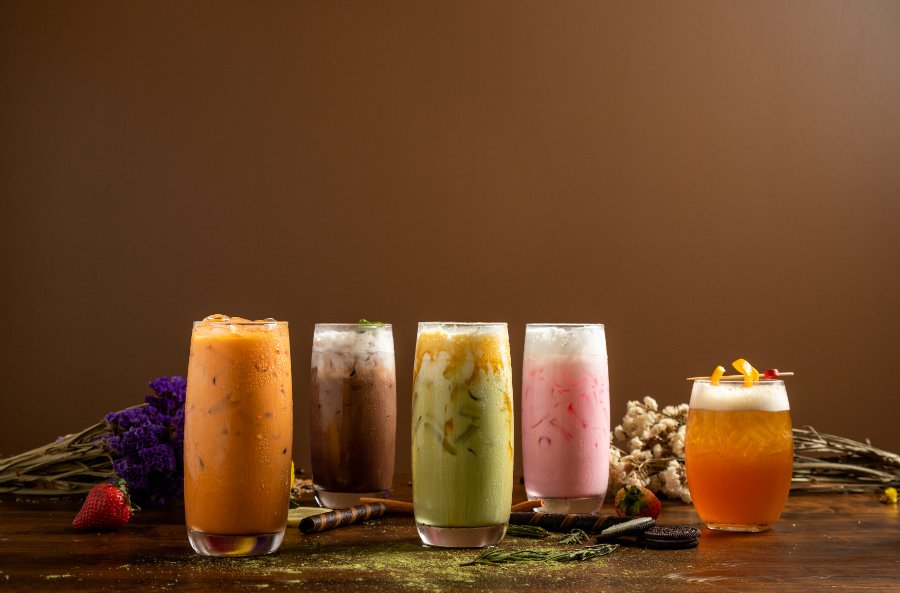
This is a type of bubble tea, also known as boba tea, that utilizes powdered taro, a starchy plant. Taro milk tea is another name for this drink. While pure taro bubble tea can deliver many of the minerals present in the taro plant, taro that has been extensively processed has lost most of its nutritional value. The component of the taro plant utilized in this tea is the root, which provides it with a distinct nutritional profile that may not be optimal for dieters.
Taro milk tea has a natural nutty fragrance and flavor, with hints of vanilla that contribute significantly to the beverage's flavor profile. The purple color of this bubble tea comes from the taro used in its preparation. Depending on where it is grown, the taro root might be pink, purple, or white, affecting the color of the drink's base. Purple is simply the most common color for the root.
Nutritional Values of Taro Milk Tea
Taro bubble tea is high in calories, with the majority of those calories coming from sugar, as well as fat. This tea has approximately 500 calories and 23 grams of fat per 18-ounce serving. Despite the fact that taro root is popular for its high protein level, a serving of taro root in this tea contains just 6 grams. While many people consider tea to be a healthy beverage, persons who are attempting to lose weight or are on a low-fat diet should avoid this type of bubble tea.
Taro Root vs. Taro Powder
To begin, when you order taro boba tea from a bubble tea shop, this powder is used to produce taro boba tea. As a result, utilizing the powder rather than the root produces a more "genuine" taste of milk tea. Essentially, this version will taste more like the bubble tea you usually purchase from a store.
It's so much easier and faster to use the powder! It saves a lot of time to use a powder instead of frying the taro root. Raw taro root is more difficult to come by than taro powder. They are mostly available at your neighborhood Asian market, but not everyone lives near one. If you're unfamiliar with taro powder, you can easily order it online.
Taro Milk Tea Powder Flavor
Taro has a mild sweet flavor similar to sweet potatoes. It's similar to Vennila, except with Taro milk tea, you may adjust the sweetness as you wish.
If you are not diabetic, you can add sugar to taste; but, if you are diabetic, you should avoid adding any more sugar; you will like the taste and sweetness as is.
Bubble Tea vs. Milk Tea vs. Boba Tea
These three terms are frequently used, and you may be wondering what the differences are between them. There is none at all!
They're all the same thing. Usually a tea base with a flavoring, in this example jasmine tea with taro flavoring. Milk will be used in certain recipes, while sweetened condensed milk or cream will be used in others.
Most varieties include additional sugar, such as granulated sugar, dark brown sugar, or honey. And, in most cases, all varieties will have boba, or tapioca pearls, which are the distinguishing feature of bubble tea.
Benefits of Taro Milk Tea Powder
- Taro is a good source of dietary fiber, which is good for your stomach and general digestive system.
- Because it contains dietary fiber, it helps the inner lining of the colon absorb nutrients more effectively, so improving your immunity and strength.
- Taro is higher in potassium and carbs than potatoes or sweet potatoes.
- Maintains blood sugar levels and decreases cholesterol, resulting in a healthy heart.
- It has a lot of vitamin B6, vitamin C, and vitamin E in it.
- Taro also includes antioxidants, which assist to enhance the health of your skin.
- Taro keeps your stomach full for a long time and prevents you from eating unhealthily to satisfy your little desires.
- In this way, it is possible to lose weight naturally.
- It also includes fluoride, which helps to protect your teeth from decay.
How to Make Taro Milk Tea with Taro Powder at Home
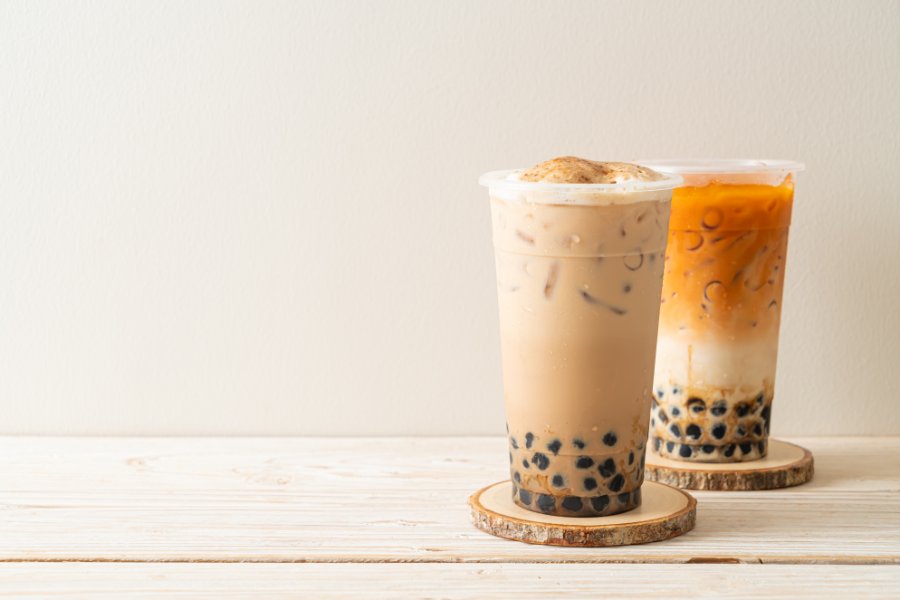
Bring a saucepan of water to a boil, then add the tapioca pearls and 2 teaspoons of sugar. Allow for 5-7 minutes of boiling time. Alternatively, continue cooking until the boba floats over the boiling water. Depending on how soft you want them, adjust the length of time to boil. Set them aside after removing them from the saucepan. Brew the Ceylon in the meanwhile. To make taro milk tea powder, combine the condensed milk and taro instant powder in a mixing bowl. Finally, combine the milk and boba in the bowl. You may now serve the taro milk tea powder hot or cold, depending on your preference.
To summarize, 1 or 2 parts cold green tea and a spoonful or two of taro powder are common to use in order to make homemade taro milk tea powder. The sugar and any other flavor come next. Some cooks choose to use honey, agave nectar, or date sugar instead of sugar. White or raw sugar, sucralose, or saccharin may be preferred by some. After that, you may add and blend in extracts like vanilla or almond.
Final Thoughts
Taro milk tea powder has long been a popular signature drink for many companies, and many customers use it as a benchmark for judging the quality of the brand's other beverages. It has a distinctive sandy texture and a strong taro taste. It is best to serve this drink with taro cubes for added chewiness and pleasure.


